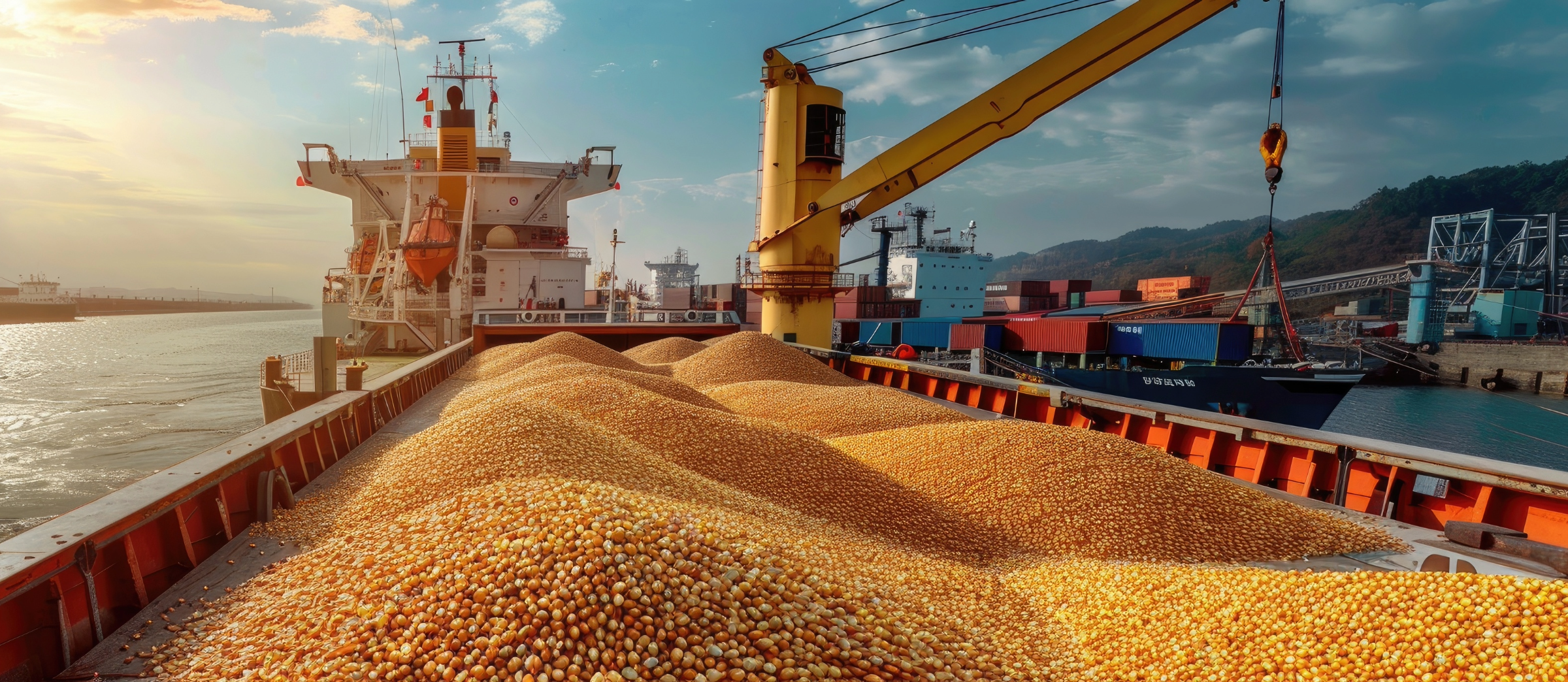Observations From Vietnam and Taiwan – Opportunities for U.S. and Kentucky Agriculture
Observations From Vietnam and Taiwan – Opportunities for U.S. and Kentucky Agriculture

The Kentucky Agricultural Leadership Program (KALP) traveled to Vietnam and Taiwan for their international study tour earlier this month. We selected these two nations for their economic, social, and political diversity. Both of these markets are typical of many emerging consumer markets in Southeast Asia — experiencing population and significant income growth and thus creating growing export opportunities for U.S. agriculture. In fact, despite ranking 16th (Vietnam) and 58th (Taiwan) in terms of population by nation, these two markets are typically in the top ten of leading export markets for U.S. agriculture.
Vietnam’s political economy is generally described as a “socialist-oriented” market economy where domestic and foreign private enterprise investments are encouraged, but still has a noticeable government presence of the Communist Party overseeing and monitoring various sectors of its economy and its citizens. Vietnam’s economy has been booming since market-based measures were adopted in the 1980s. Over the past decade, Vietnam’s economy has been increasing by more than 6% annually, representing one of the fastest-growing nations in the world.
Despite its expanding income base, Vietnam is still a country exhibiting wide income diversity with lots of low-income consumers. Currently, the World Bank is projecting that per capita income in Vietnam may approach $5,000 annually in 2025, compared to $3,720 in 2021. Interestingly, the agricultural director in the U.S. Consulate’s office told us while you will see U.S. company presence throughout Vietnam, what you won’t see are fast food restaurants in the rural areas since they are simply too expensive for the low-income consumer base throughout the rural countryside. Nevertheless, a growing number of Vietnamese consumers are entering the middle class at a rapid rate, defined in this economy as an annual income generally between $5,000 to $35,000. Consequently, this rapidly growing domestic income base, along with a surge in tourism is creating opportunities for a more diversified diet that includes more protein relative to their traditional grain/rice diet. While our group was served domestic poultry and pork during many of our meals (along with a lot of rice), the quantity and quality of locally produced beef was very limited.
Domestically, we discovered that Vietnamese farms are quite small – generally family farms consisting of less than one acre, primarily producing rice, fruits, and vegetables for both household consumption and for sale in local village markets. Overall, the nation has a positive trade balance, where rice, along with coffee, seafood, nuts, fruits, and vegetables are their major export ag commodities. However, limited ag production and marketing infrastructure along with a rapidly growing income base, does provide ample opportunities for higher quality (and priced) ag and food imports.
The U.S. trade representative indicated that the trade expansion for U.S. agriculture in Vietnam has been constrained in recent years, following the United States pulling out of the Trans-Pacific Partnership (TPP) multilateral trade agreement in 2017. Alternatively, other competing markets such as Australia, New Zealand, and Canada signed onto the Comprehensive and Progressive Agreement for Trans-Pacific Partnership (CPTPP) trade agreement which provided a greater competitive advantage for these nations exporting food and ag products to Vietnam relative to the United States. For example, imported beef from Australia and New Zealand enters Vietnam duty-free, while U.S. beef faces a tariff up to 30%. While overall U.S. ag exports to Vietnam have more than doubled since 2010, U.S. ag exports have trended downward since peaking six years ago. Despite these trends, U.S. ag trade officials are upbeat about long-term future export opportunities in this emerging market consisting of 100 million food consumers with more available cash to upgrade their diets.
Alternatively, Taiwan is a very different market than Vietnam. This island market, facing political challenges from its neighbor, China, possesses a highly developed, free-market economy. Taiwan’s 23+ million consumers have an average per capita income seven times Vietnam’s level -- approaching $35,000 annually. Agriculture represents a much smaller sector with Taiwan being known primarily for its global semiconductor/technology sectors. Agriculture comprises less than 2% of the Taiwanese economy compared to Vietnam where ag accounts for around 12% of the nation’s gross domestic product (Statista). Like Vietnam, typical farm size is extremely small – just a few acres.
Given its size, resources, limited farmland, and consumer base, Taiwan is heavily dependent on imported food and ag products to support its citizens who dine away from home quite often. Thus, unlike Vietnam, Taiwan has a relatively large trade deficit in agriculture. Kentucky farm leaders have actually hosted a couple of Taiwanese trade delegations in recent years as they sought our grains to support their modest livestock sector (primarily pigs and poultry).
According to the U.S. Department of Commerce’s International Trade Association, Taiwanese buyers have a “high per capita purchasing power and place strong emphasis on product claims, such as health benefits” with the United States being viewed as a culinary trendsetter and a trusted trade partner.
While cotton represents the major U.S. ag product import into Vietnam (to support their massive textile industry), USDA trade data reveals that beef is by far the largest U.S. ag import product into Taiwan, accounting for nearly 20% of their purchases from U.S. agriculture. This relatively small island nation is the 6th largest export customer for U.S. beef. Overall, the value of U.S. ag exports to Taiwan has nearly doubled over the past two decades. Given anticipated strong purchasing power of its consumers, its strong ties with the United States, and the demand for high-quality food products, U.S. ag export growth is expected to continue in this market for the foreseeable future.
Recommended Citation Format:
Snell, W. “Observations From Vietnam and Taiwan – Opportunities for U.S. and Kentucky Agriculture." Economic and Policy Update (25):1, Department of Agricultural Economics, University of Kentucky, January 31, 2025.
Author(s) Contact Information:
